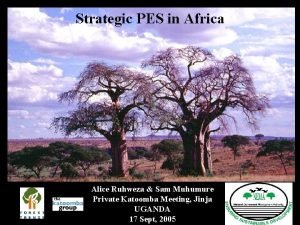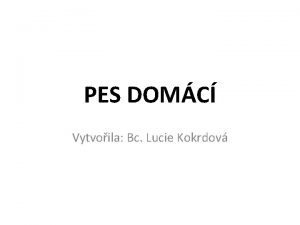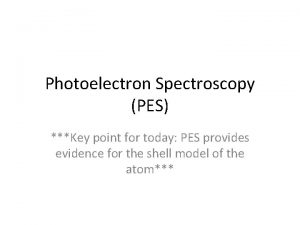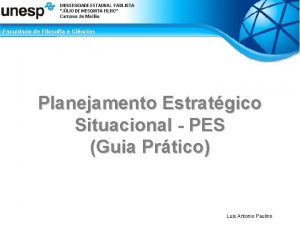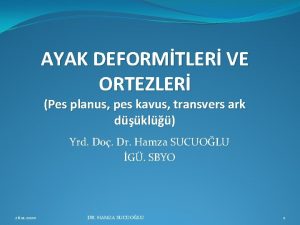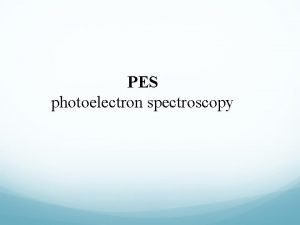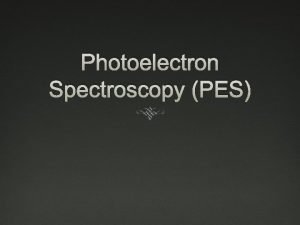Strategic PES in Africa Alice Ruhweza Sam Muhumure













- Slides: 13

Strategic PES in Africa Alice Ruhweza & Sam Muhumure Private Katoomba Meeting, Jinja UGANDA 17 Sept, 2005

Why Africa? PES can have a major role in PRSP’s & national plans/MDG’s Growing private sector interest Africa’s rural populations depend upon ecosystem services for their livelihoods Potential role of PES to restore degraded ecosystems Numerous activities emerging around PES Enormous interest from African partners

What have we done? • East & Southern Africa wkg grp • In country planning meetings • Country Inventories on PES • 2 Case Studies in Uganda/field trips • Strategic planning wkshp

Country Inventories Uganda, Kenya & South Africa prepared country inventories which covered: - Existing PES initiatives on carbon, water and biodiversity - Supporting legislation - Supporting agencies and services

Findings - continued UGANDA • Projects on carbon & biodiversity (no water? ) • Money has exchanged hands in some projects • Mostly funded by Government/development partners- Some self organized private deals • Strong supporting legislation – NEA (polluter pays, beneficiary pays)/Sectoral policies provide for economic incentives/Strong supporting agencies – NFA, NEMA, UWA etc.

FINDINGS UGANDA KENYA SA Carbon & BD payments Biodiversity Payments Water pmts More Government deals Enabling legislation/ More private self organized deals private Enabling legislation

Findings - continued KENYA -Most projects still in planning phase - Mostly self-organized private deals -Carbon – no payments /Water – no payments -Biodiversity – some payments in cash/others in kind -Strong supporting legislation – NEM Act, Forest Bill, Water Act -Strong supporting agencies-NEMA, Kenya Wildlife Service, etc

Findings - continued SOUTH AFRICA • Payments for watershed services • Carbon and biodiversity projects in planning phase • Carbon projects rely on Govt and international community funding (buyers); Water deals are more privately orientated except the working for water programmes that are funded by the Department of Water Affairs and Forestry • Enabling legislation for water/biodiv & carbon being strengthened

What are the main gaps? • Understanding what payments are and how they can add value/fulfill overall govt & business objectives • Defining/identifying the relevant services • Project design - How to identify activities or land use practices needed to promote the services • Market Information- linking sellers to buyers • Little or no involvement of private sector • Specific policies and structures for PES-

Gaps continued ……. . • Valuation issues – what to pay for, how much, whom to pay, for how long • Establishment of baselines and assessment of impact

How can we fill the gaps? Research and scientific knowledge transfer and networks Project design - Practical case study projects/implementable and coordinated project sites from which lessons can be learnt Capacity building for implementers and support services Putting PES onto the private sector agenda is a real need Long term partnerships between the innovators and the hosts of successful PES projects – backstopping Continued advocacy –governments to support establishment of PES projects as an option for achieving conservation & poverty reduction

Objectives of the Mweya meeting -Build an understanding of PES and how it works especially in the context of rural develoment and conservation - Sharing experiences and lessons from around the world - Build communication channels between partners and across countries - Develop ountry strategies for investing in pro poor PES

Outcomes expected from Mweya v Gaps inhibiting PES identified and actions for addressing them identified v Enhanced understanding of PES for all stakeholders – govt, private sector, civil society v Enhanced interest in PES as a viable option to achieve conservation and development v Sources of expert knowledge and information on PES identified v Country strategies and actions developed
 Alice ruhweza
Alice ruhweza Strategic management and strategic competitiveness
Strategic management and strategic competitiveness Cultural aspects of strategy choice
Cultural aspects of strategy choice Strategic fit vs strategic intent
Strategic fit vs strategic intent Puppy dog ploy strategy
Puppy dog ploy strategy It band injection site
It band injection site Methodieken klinisch redeneren
Methodieken klinisch redeneren Pes stavba tela
Pes stavba tela Pes statement for osteoporosis
Pes statement for osteoporosis E points pes
E points pes Planejamento estratégico situacional pes
Planejamento estratégico situacional pes Rumba verpleegkunde
Rumba verpleegkunde Diabetes pes statement
Diabetes pes statement Pes planovalgus ortez
Pes planovalgus ortez
